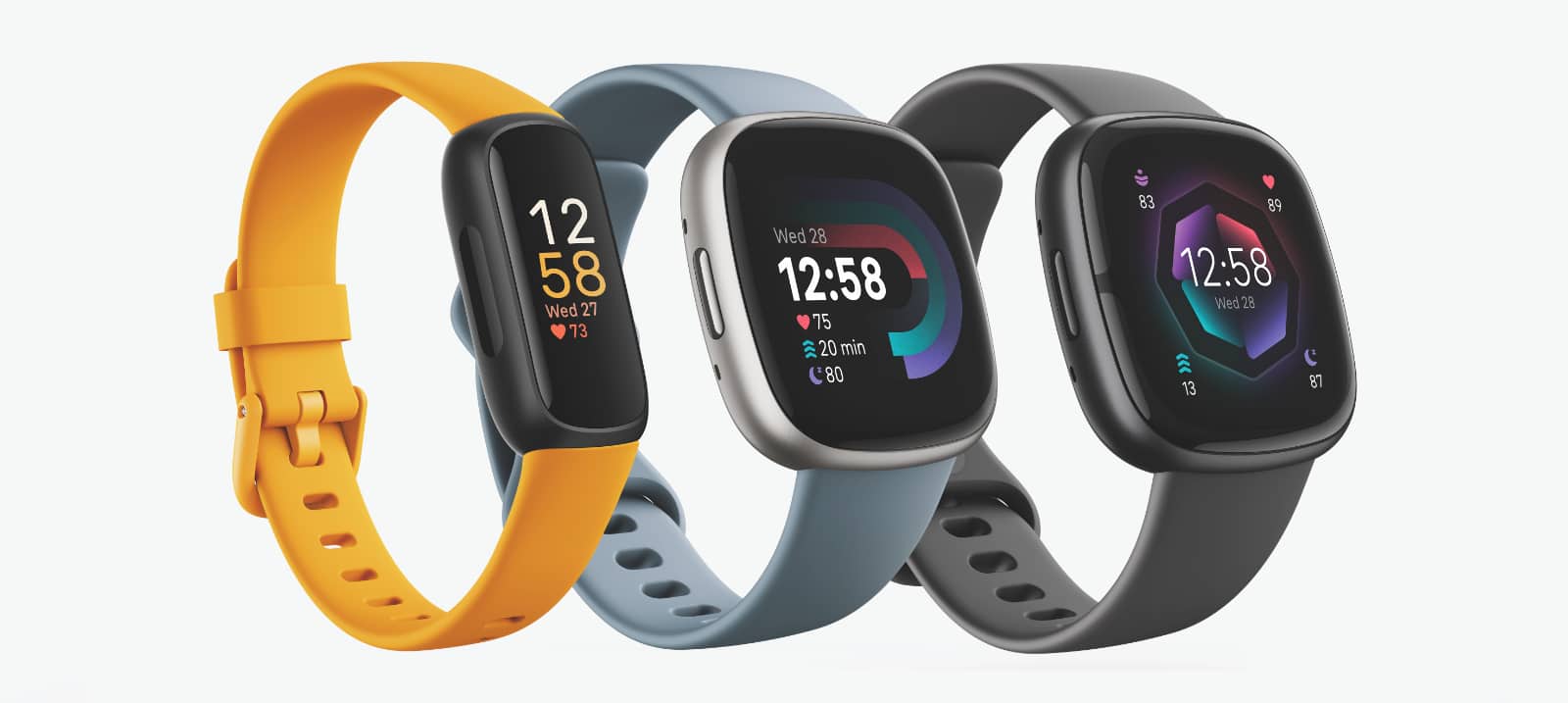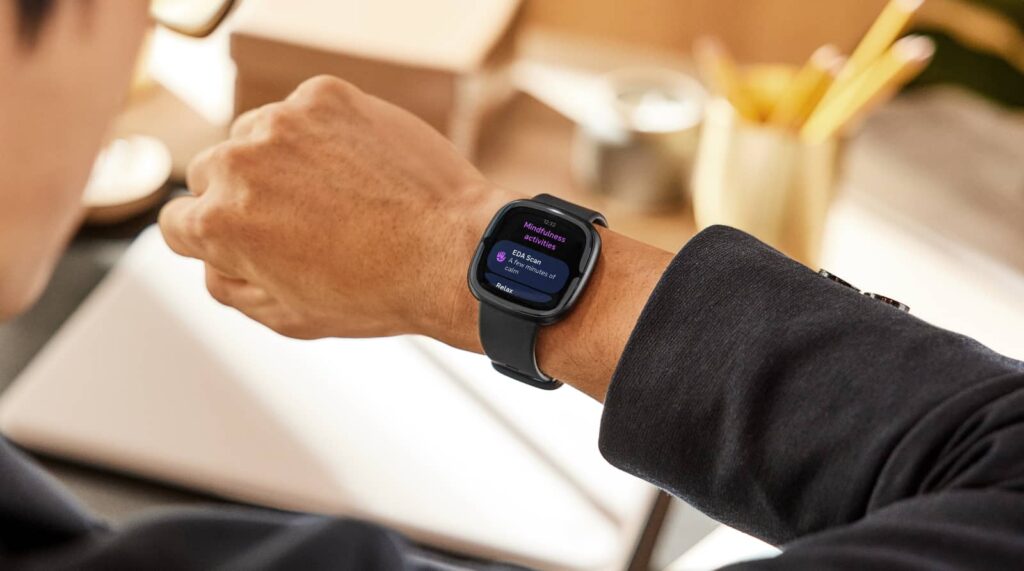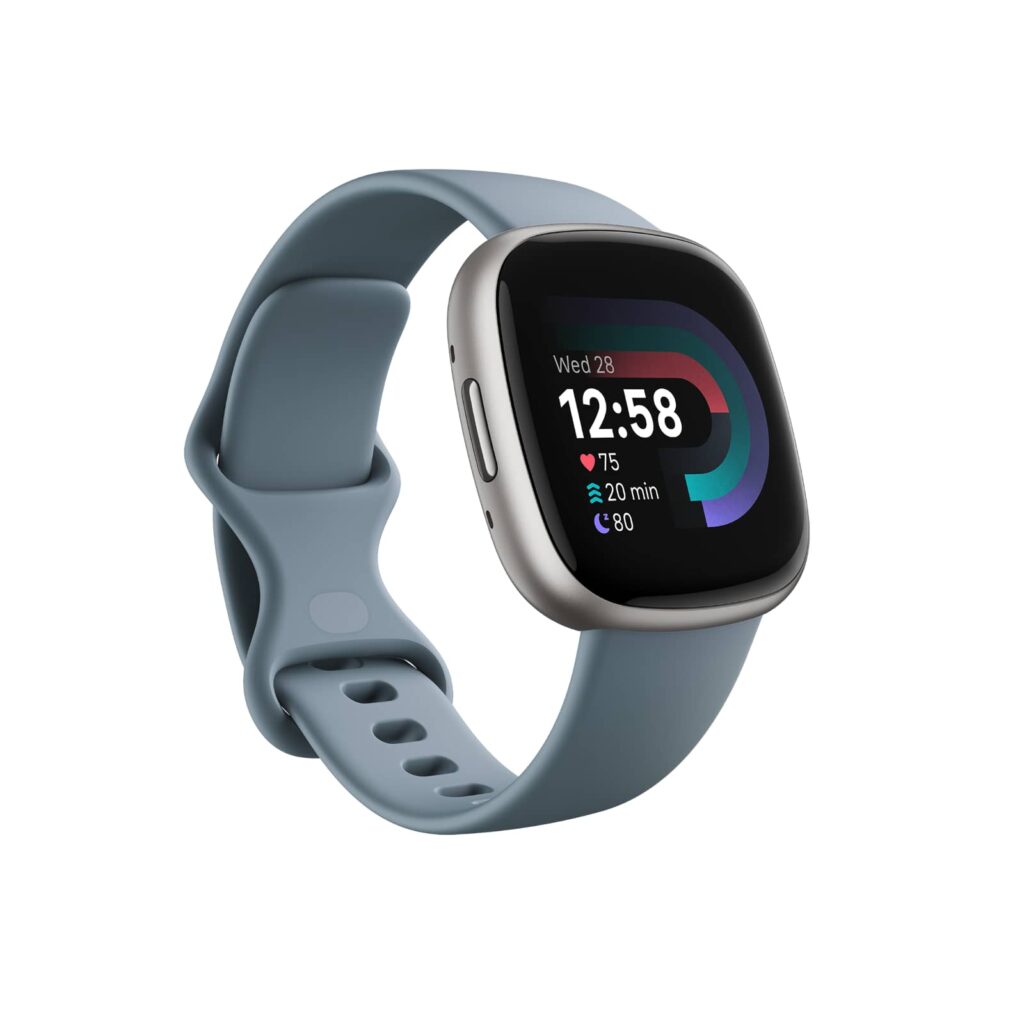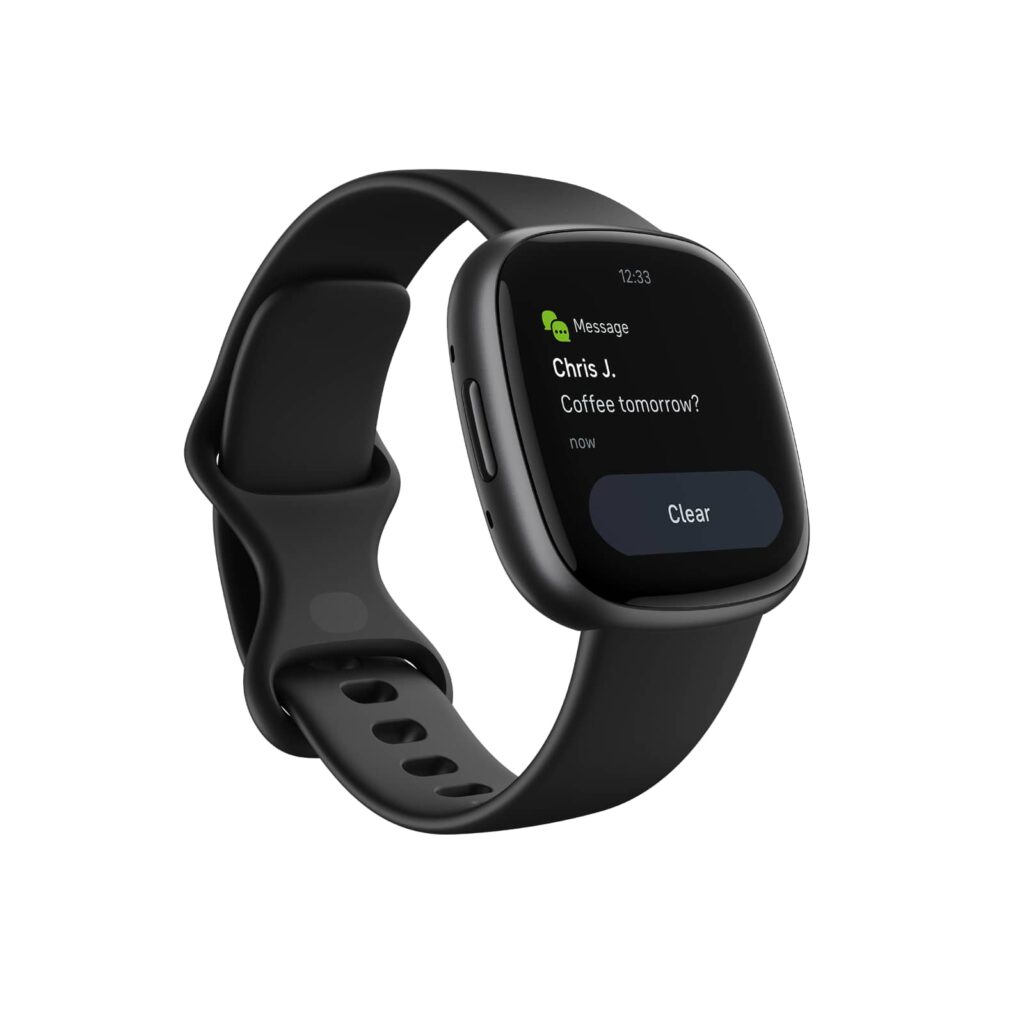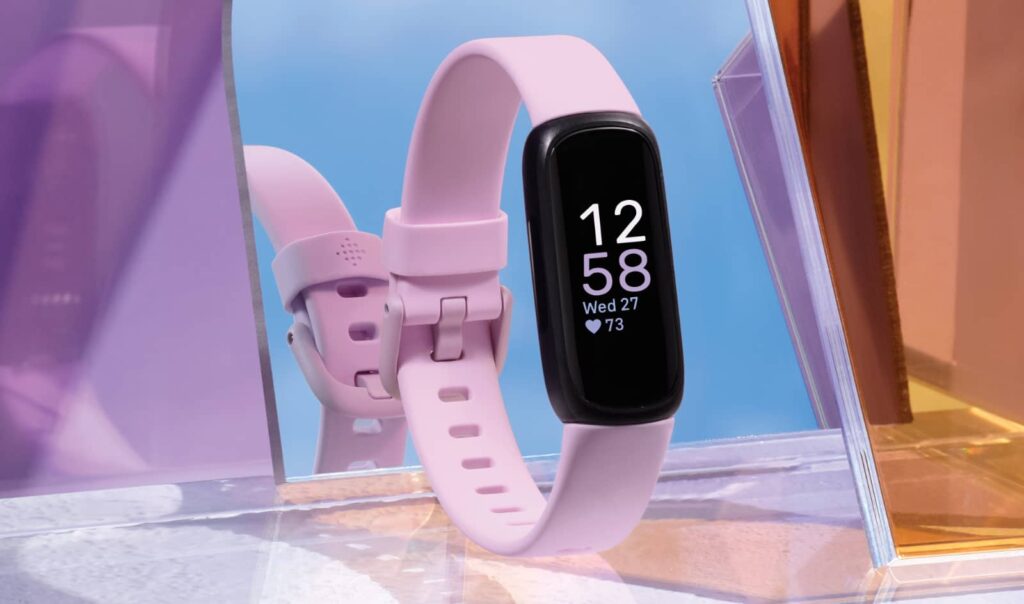New wearables are on the way in various forms, as Fitbit expands its health tracking for three price points and styles.
The Apple Watch has fans and so does Samsung’s Galaxy Watch range, but neither are the only wearables you can find, with plenty of options out there.
Three more look set to add to that in the coming months, as Google’s Fitbit brand updates its smartwatch and smartband options, launching a sequel to 2020’s Sense smartwatch, a fourth iteration of the Versa mid-range smartwatch, and making version three of one of its intro to smartbands in the Inspire range.
That’s what Fitbit is effectively changing this year, with three ranges pushing through various price points, dependent on how much you want to spend, and how much you might want to track.
If the answer of how much you want to track is “everything”, Fitbit’s Sense 2 could be the answer, with the sequel smartwatch getting a six day battery to accompany some health tracking that covers atrial fibrillation via ECG, SpO2 blood oxygen, heart rate, skin temperature, and a new body sensor to measure electrodermal activity in the skin to understand stress levels and report that alongside.
The Sense 2 will come in a softened square design not unlike a bunch of other smartwatches, and cover health day and night — meaning your sleep is tracked — with a GPS built in so you can go for a run and get a gauge on where you’ve gone.
The Fitbit Sense 2 will cost $450 when it launches in Australia, and is more or less the priciest of all the new Fitbit models, with the Versa 4 coming in just under.
Offering a similar shape and design, Fitbit’s mid-range Versa 4 will skip the new electrodermal sensor and ECG, but will keep the heart rate tracking, SpO2 blood oxygen sensor, and even get a GPS built-in, as well, lowering the price by around $70 to make the Versa 4 $380 in Australia.
Finally, there’s the model that isn’t a smartwatch, but still intros people to the idea that a smartband can be just as useful.
A follow-up to 2020’s Fitbit Inspire 2, the unsurprisingly named Inspire 3 uses another small-yet-tall screen with similar health features — heart rate, SpO2 blood oxygen — but minus the GPS, because intro models don’t seem to need it.
Where Fitbit’s Inspire 3 could win over customers is battery life and price, netting up to 10 days of battery life with a $180 price tag in Australia.
All three will come with six months of Fitbit’s Premium service, which itself is an optional monthly extra once the six months is over, and there are also plenty of bands, as well.
In terms of release in Australia, it seems as though the Inspire 3 will head to stores first, likely landing in mid-September, while the smartwatch styles in the Sense 2 and Versa 4 will land locally at the end of September.


